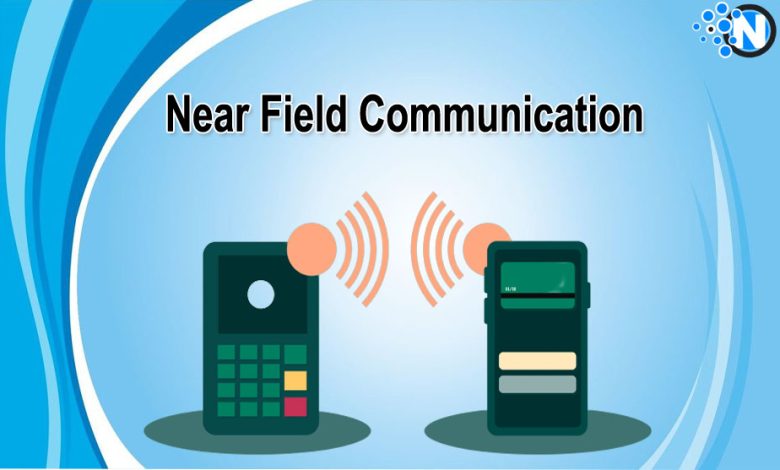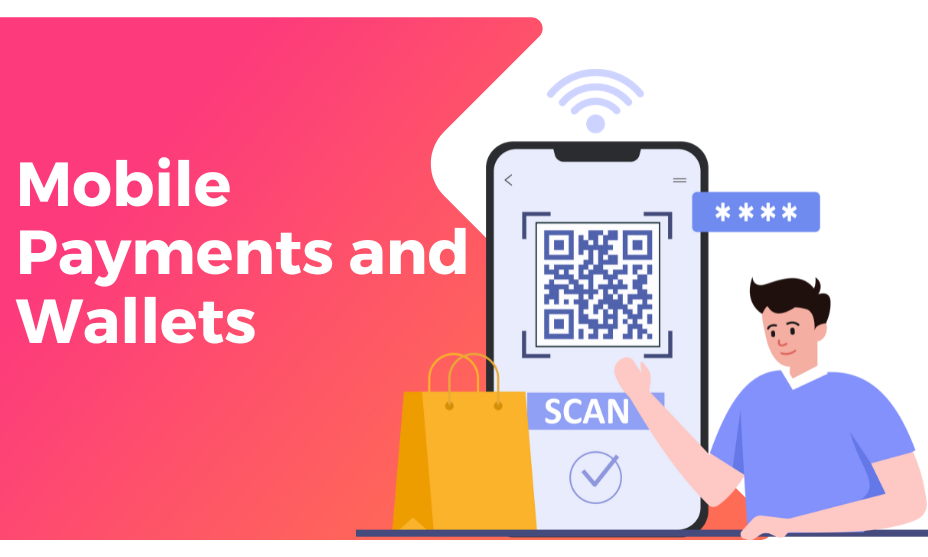What is Near Field Communication – Its Features and Applications

People always look for convenience to convey their messages or communicate with each other, and Near Field Communication optimizes this outcome. As the world progresses rapidly, the need for short-range communication systems is going sky-high to generate a highly collaborative environment within the company members or in a specific application. Therefore NFC has gained immense popularity to ensure seamless connectivity and versatility. Generally, it started with radio-frequency identification (RFID) technology, and now it is one of the most advanced developments in the communication industry. We have developed this guide to explore the features and applications of NFC.
What is Near Field Communication?
Near Field Communication is a type of wireless technology limited only to a shorter range to carry out communication. Generally, it works when two devices are placed together at a distance of a few centimeters. In this way, both communicate with each other to share data files and other media. NFC has two working models. The first one is active. In this situation, two devices produce signals of the same strength to resonate with each other under the same condition. While the other working model is termed passive. Under such a state, one device operates and launches signals into the surrounding. The other device serves as a receiver and responds to the signals.
Features of NFC
In the under-section, we have provided some essential points to highlight the main features of Near Field Communication. Have a look at them to understand their benefits as well.
1 – Short-Range Communication
One of the most exclusive features of NFC is its short-range communication ability. You can bring your two smartphones close. In this way, you can strengthen the signals they produce. This closeness ensures that you transfer the required data with maximum security and minimal outside interference. Hence, the prevention of these unauthorized accesses optimizes intentional connections between devices.
2 – Contactless
Near Field Communications is wireless. That’s why you don’t require a physical connection between the devices to transfer the data and files. You only have to bring them close on the same surface and tap on the specific applications. As a result, it is quite easy to initiate communication between them. Furthermore, the elimination of wires makes the whole process more convenient and user-friendly.
3 – Two Modes of Operation
We have already discussed them in the introductory section. NFC follows an active and passive mode of working. In the former one, both devices are active to generate respective signals. Hence, they can become more compatible with each other to speed up the data transfer. Conversely, the passive model is a bit slow as only one device generates the signals. While the other one responds to it, as commonly depicted in payment applications.
4 – Compatibility
Compatibility is another exclusive feature of Near Field Communication technology. Technological advancements have enabled mobile companies to manufacture smartphones, tablets, and other smart devices with built-in NFC features to make them accessible to users. Furthermore, some companies move one step ahead. They have collaborated with existing technologies, like Bluetooth and Wi-Fi, to improve their functionality.
5 – Security
No matter what application or technology you are using, security and data privacy are always crucial. Otherwise, you could face the loss of your essential images, videos, and other memorable files, creating a lot of disturbance in your normal life. Nevertheless, you should not worry about such consequences using NFC. It employs highly encrypted authentication protocols to prevent any foreign entity from exploiting the data transfer,
6 – Speed
As Near Field Communication is designed especially for shorter-range transfers, it is extremely fast and swift to transfer files. Within a fraction of seconds, you can establish a connection and exchange information between the devices. Thus, it eliminates the need for traditional data-transferring techniques with wires or through Bluetooth. Also, this feature is quite beneficial when it comes to ticket validation or mobile payments.
7 – Low Power Consumption
Power-consuming apps and technologies always take a great toll on the device’s battery life and make it unfunctional very soon. However, you need not worry when using NFC technology to share files across different devices. The reason is it is an extremely lightweight system and uses lesser components than other apps. Thus, it contributes to the extended battery life of your smartphone.
Applications of Near Field Communication
Following are the main applications of NFC, where it has proved its authority and made its mark worldwide.
1 – Mobile Payments and Wallets

The most popular application of NFC is its mobile payment system. You can link your credit or debit card with your smartphone and make payments effortlessly by tapping on a single button at compatible payment terminals. For example, Google Pay, Apple Pay, and Samsung Pay utilize NFC technology for these transactions.
2 – Access Control and Security
Near Field Technology has played a greater role in enhancing the security and access control for buildings, offices, and vehicles. By leveraging the help of NFC-enabled key fobs, cards, and smartphones, authorized personnel can enter designated places by tapping their devices.
3 – Information Sharing
Information sharing is also an exceptional trait of NFC, utilized in different applications to share information and insights. For example, you are at a conference and want to share the contact details with attendees. Just ask them to tap their NFC-enable badges to perform the mentioned activity quickly.
4 – Healthcare
The healthcare industry serves as the backbone of every country’s economy and development. Deploying Near Field Technology in it can bring magnificent outcomes. Through its help, you can manage different activities, like medication administration and patient identification. Thus, it minimizes manly errors to a great extent.
Final Verdicts
Near Field Communication has transformed the way devices can interact, communicate, connect, and share data files. Because of its brilliant features, such as short-range, contactless working model, and enhanced security, it is used to build numerous applications. From mobile payments and access control to healthcare and gaming, NFC’s versatility continues to shape how we interact with technology in our everyday lives. As NFC technology continues to evolve, it promises even more innovative applications that will further simplify and enhance our daily experiences.




